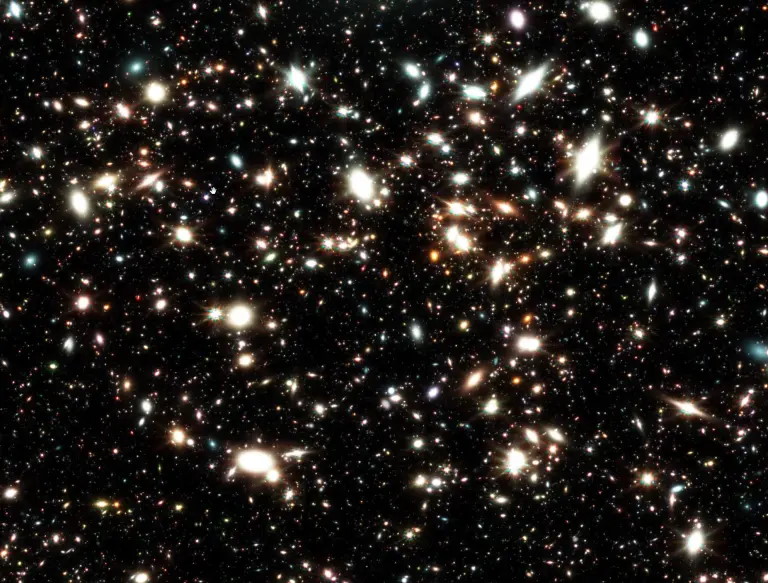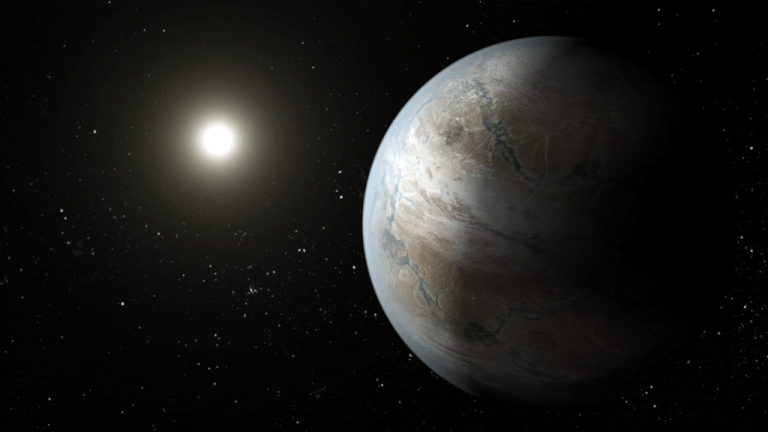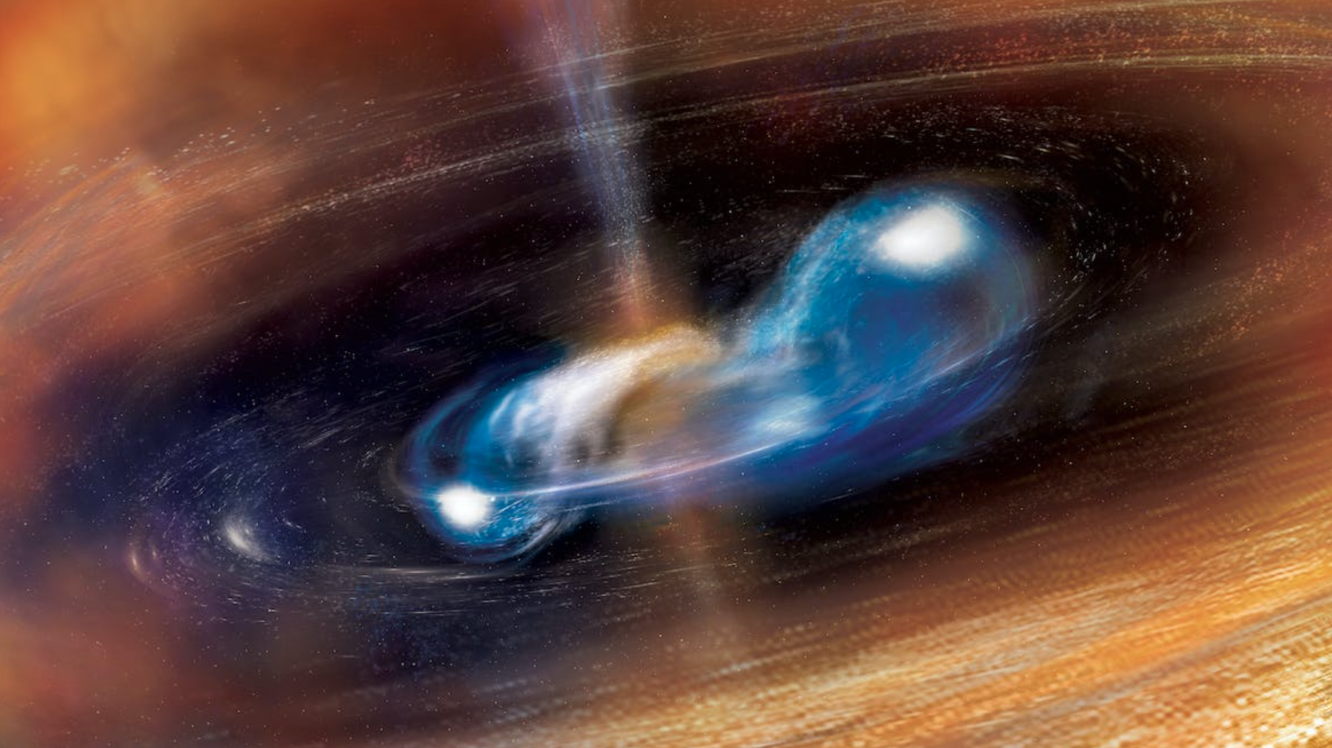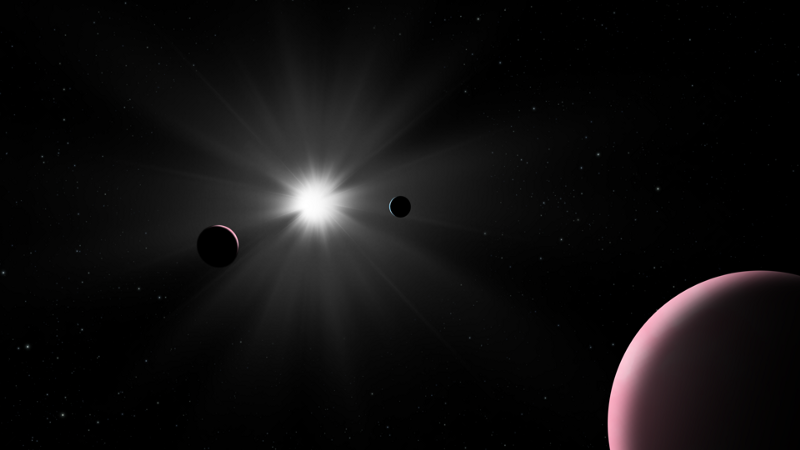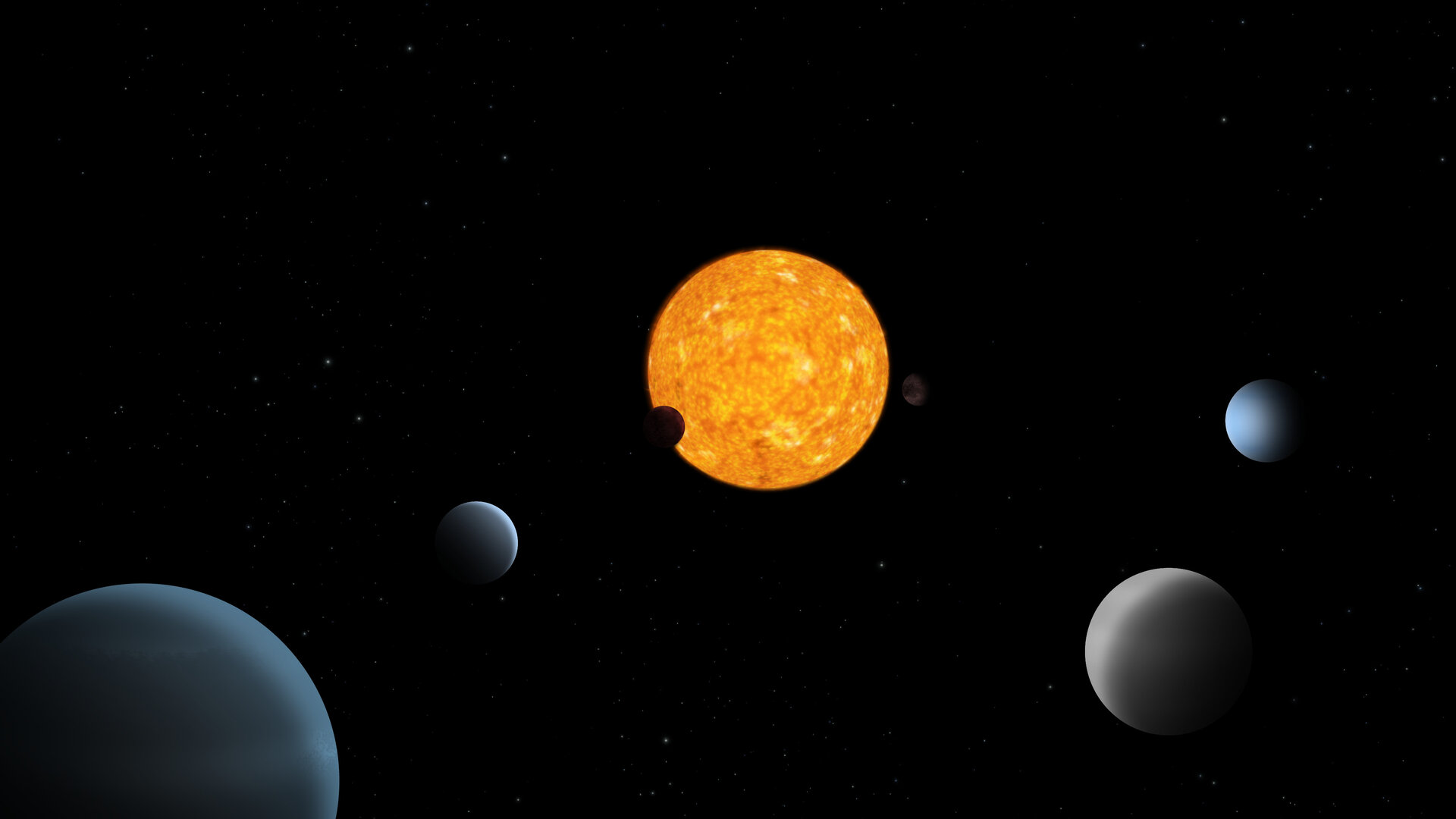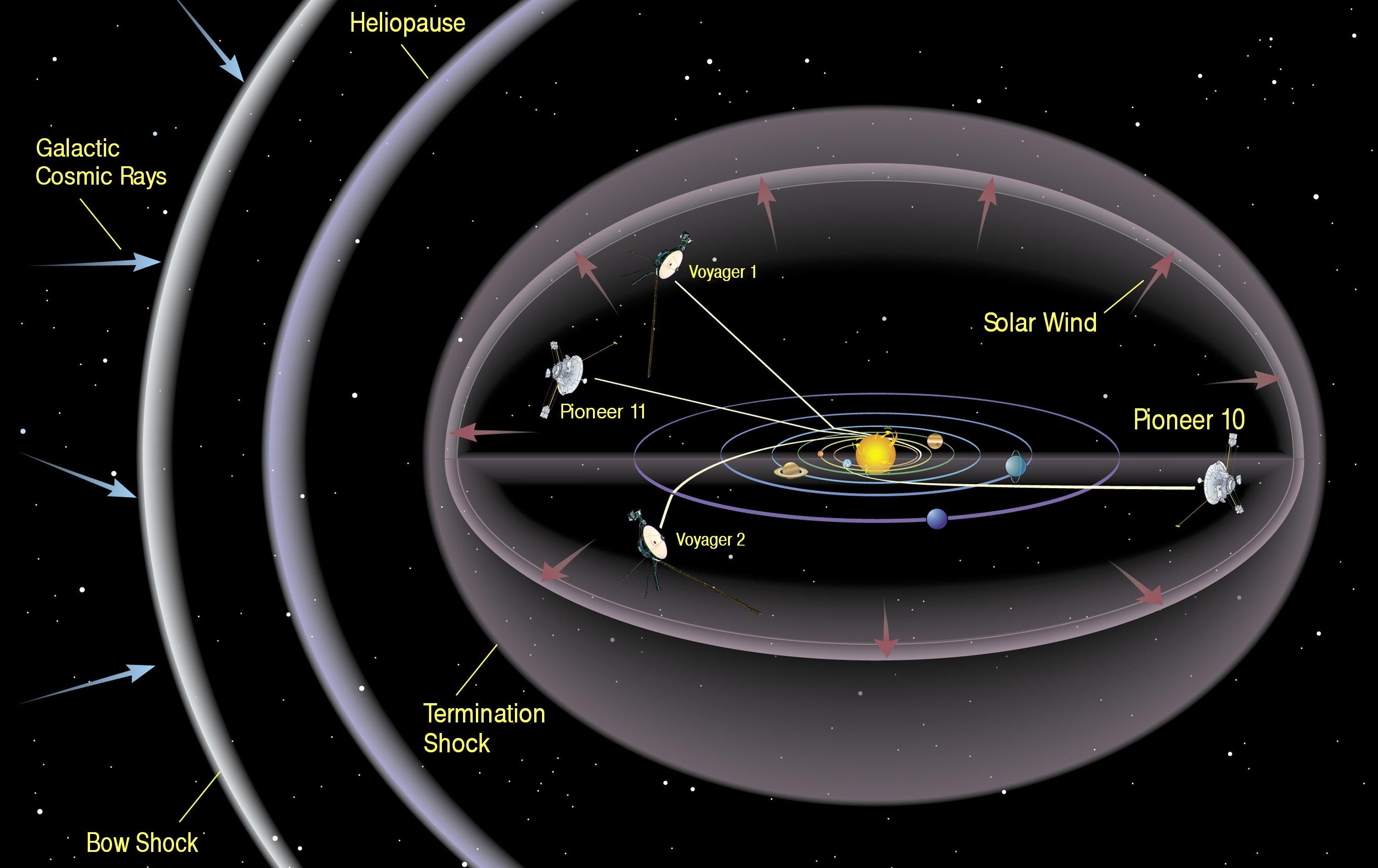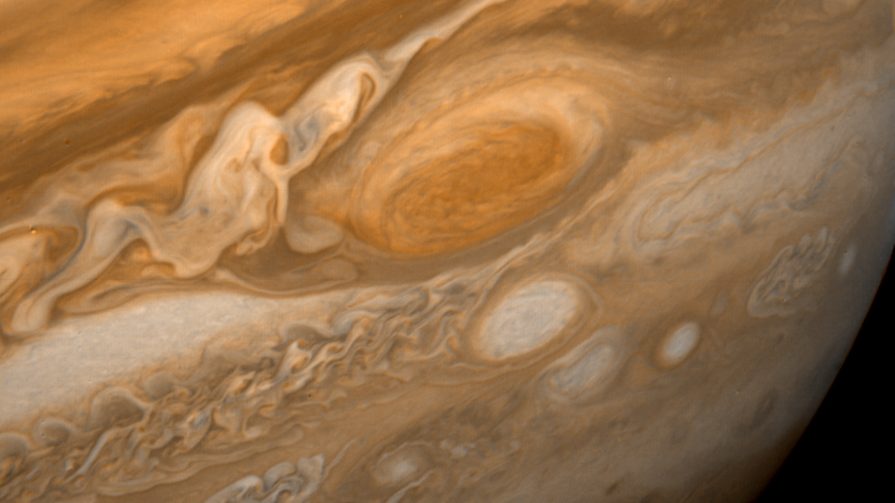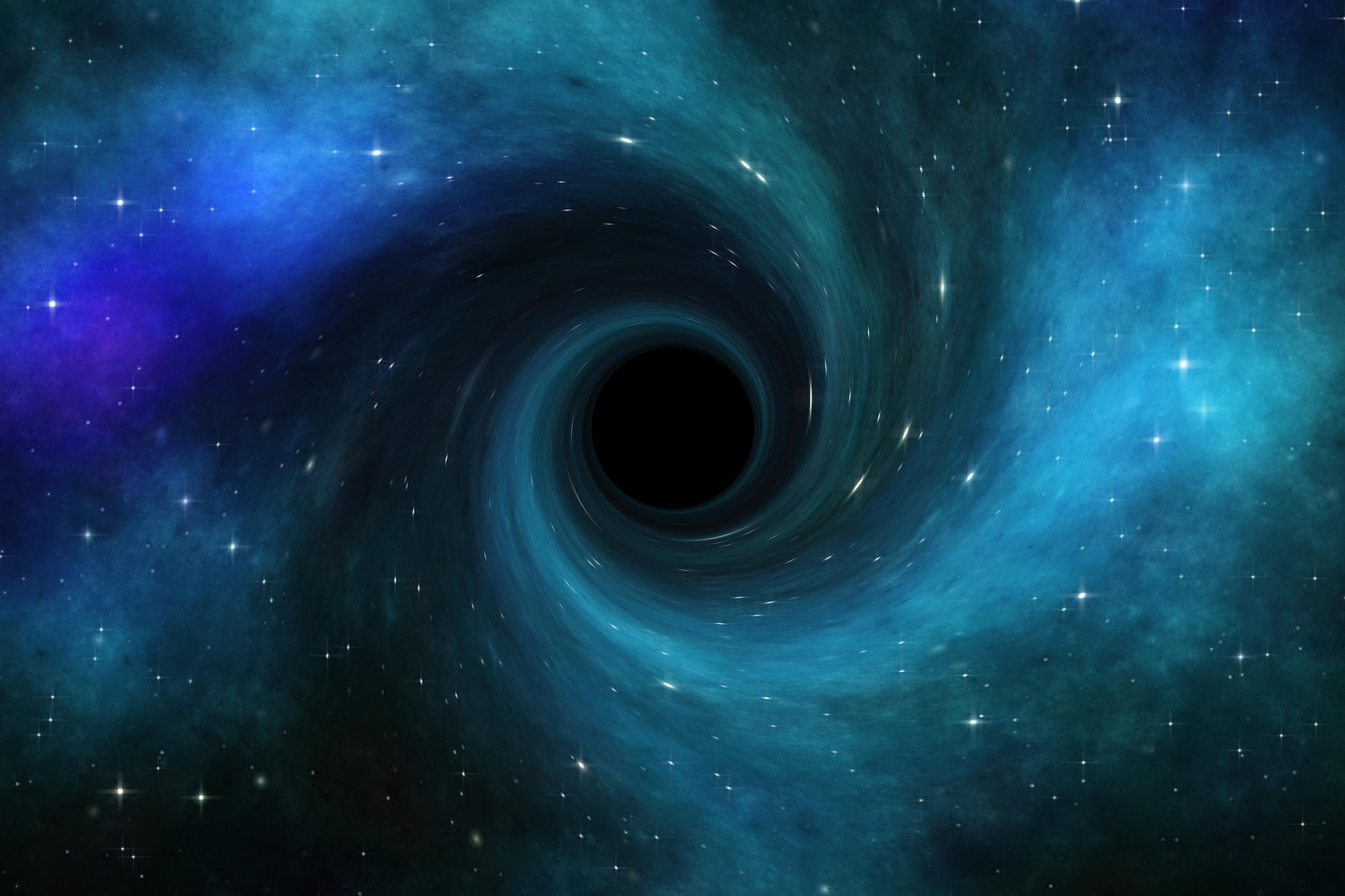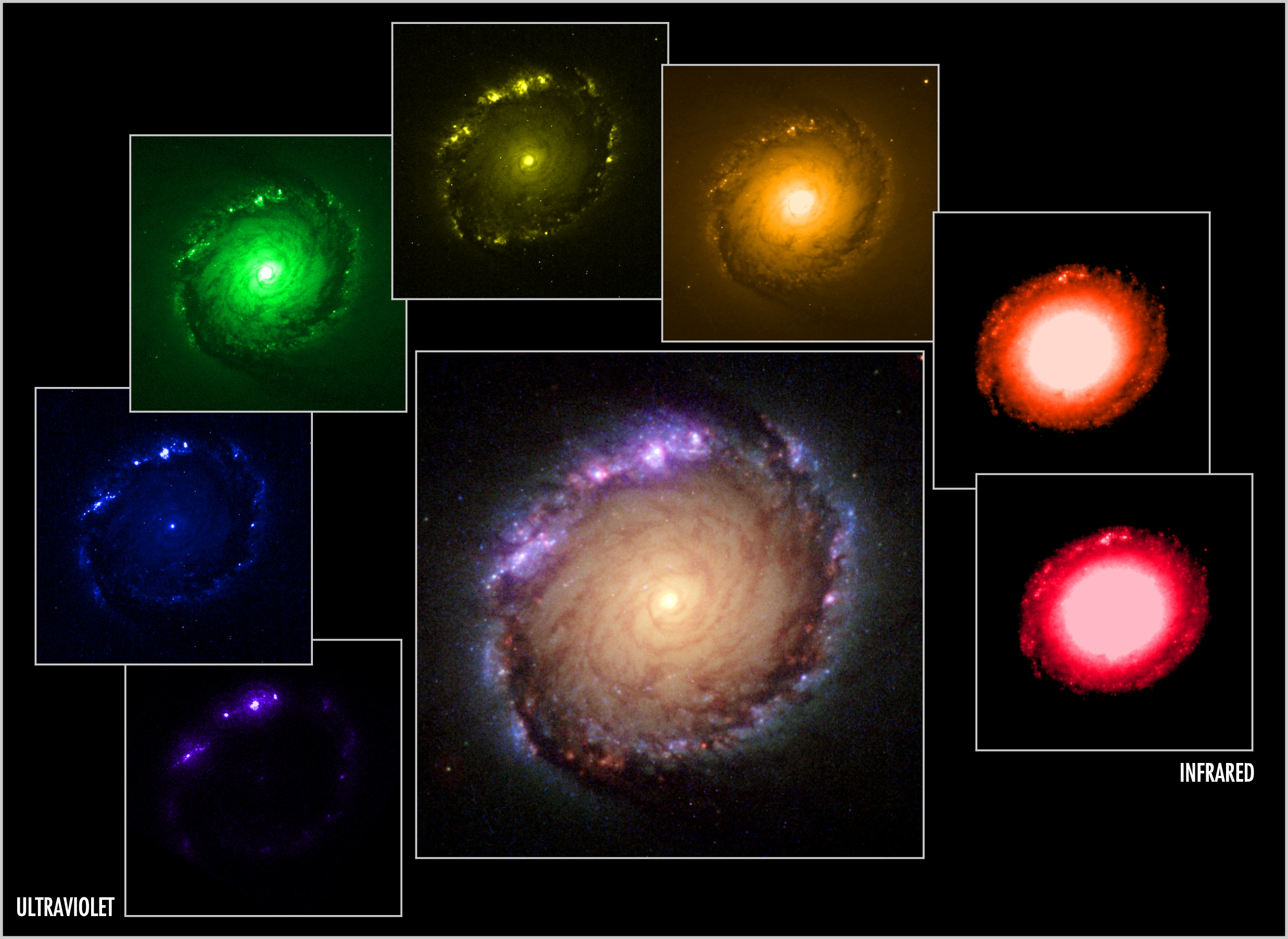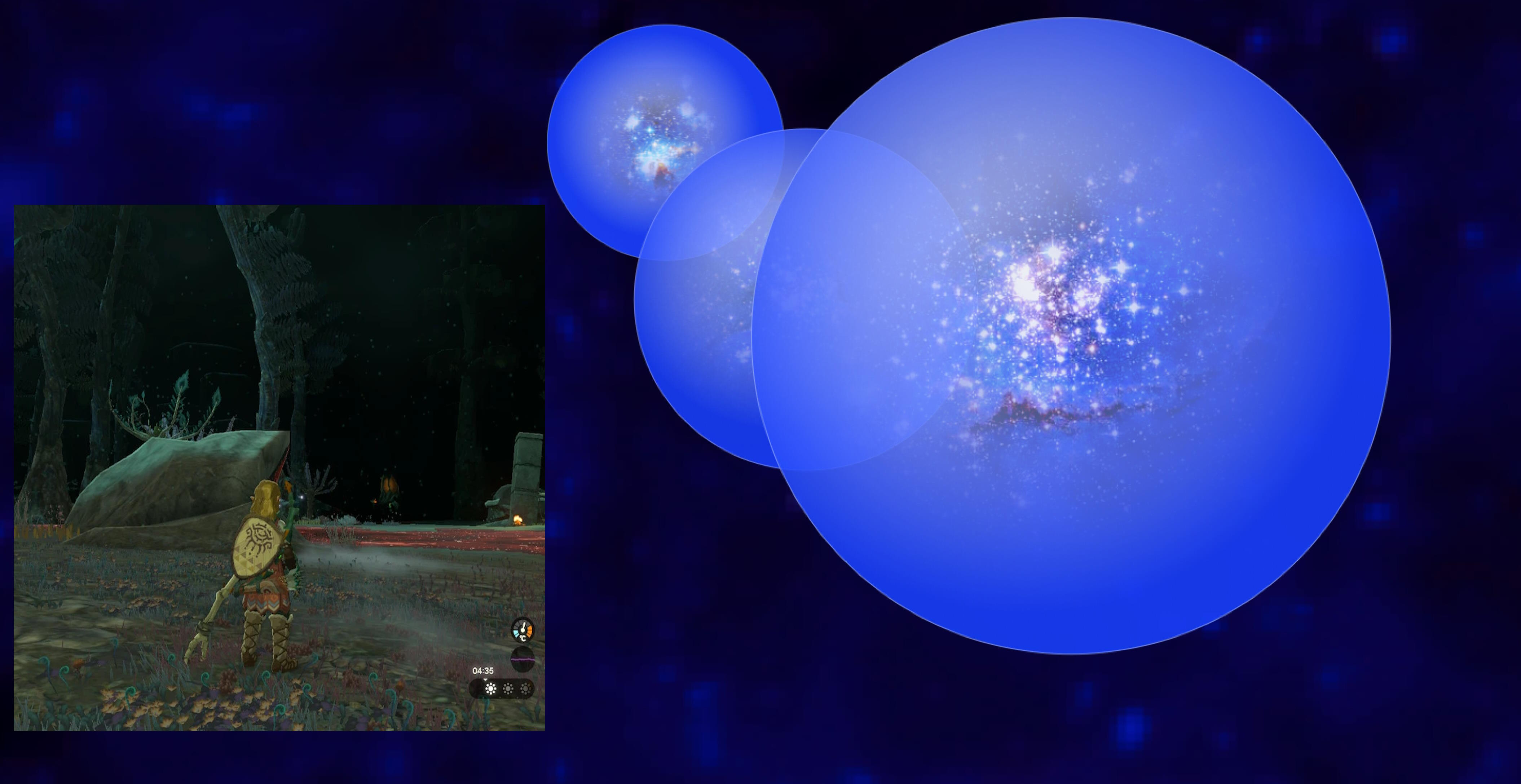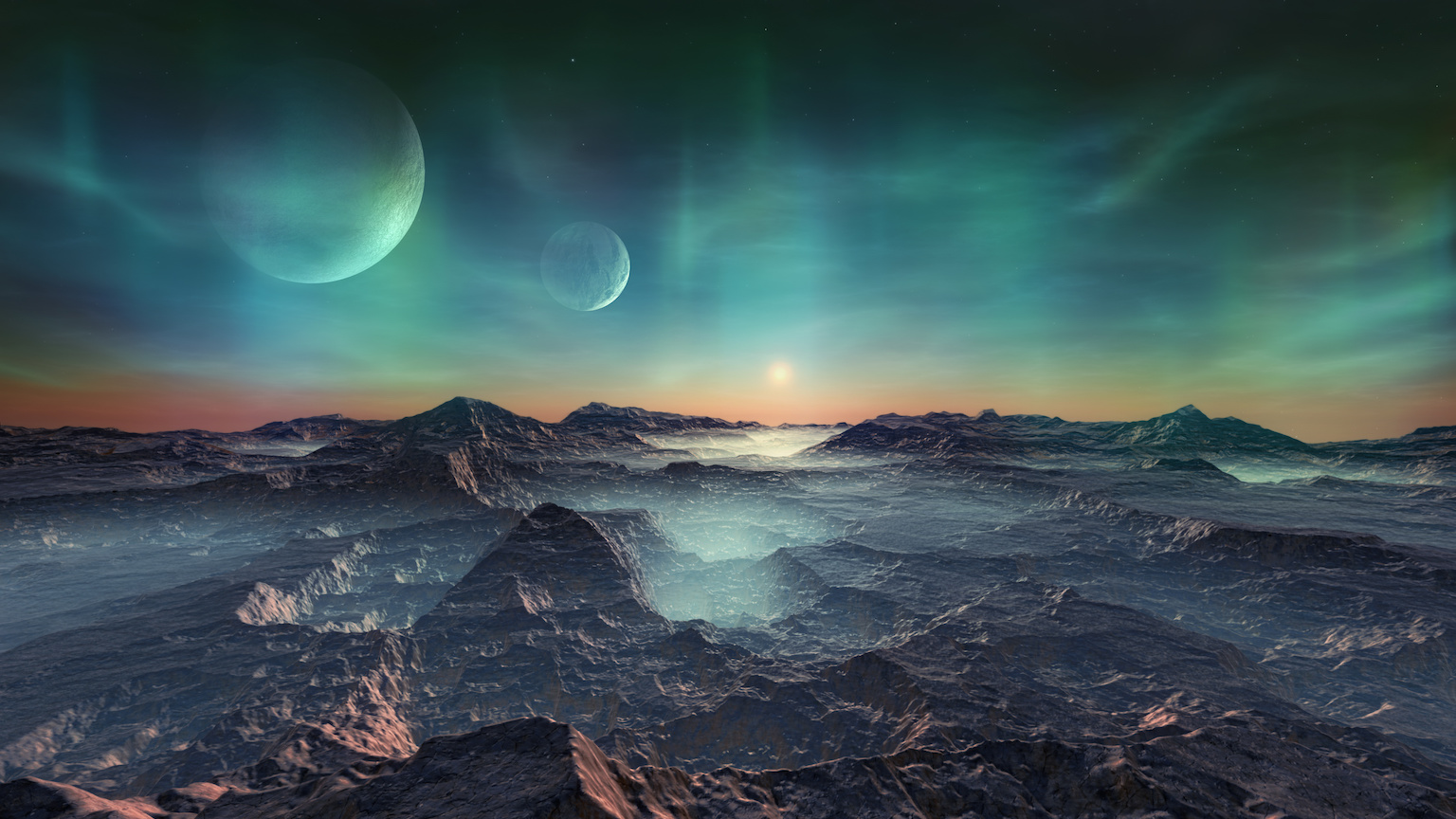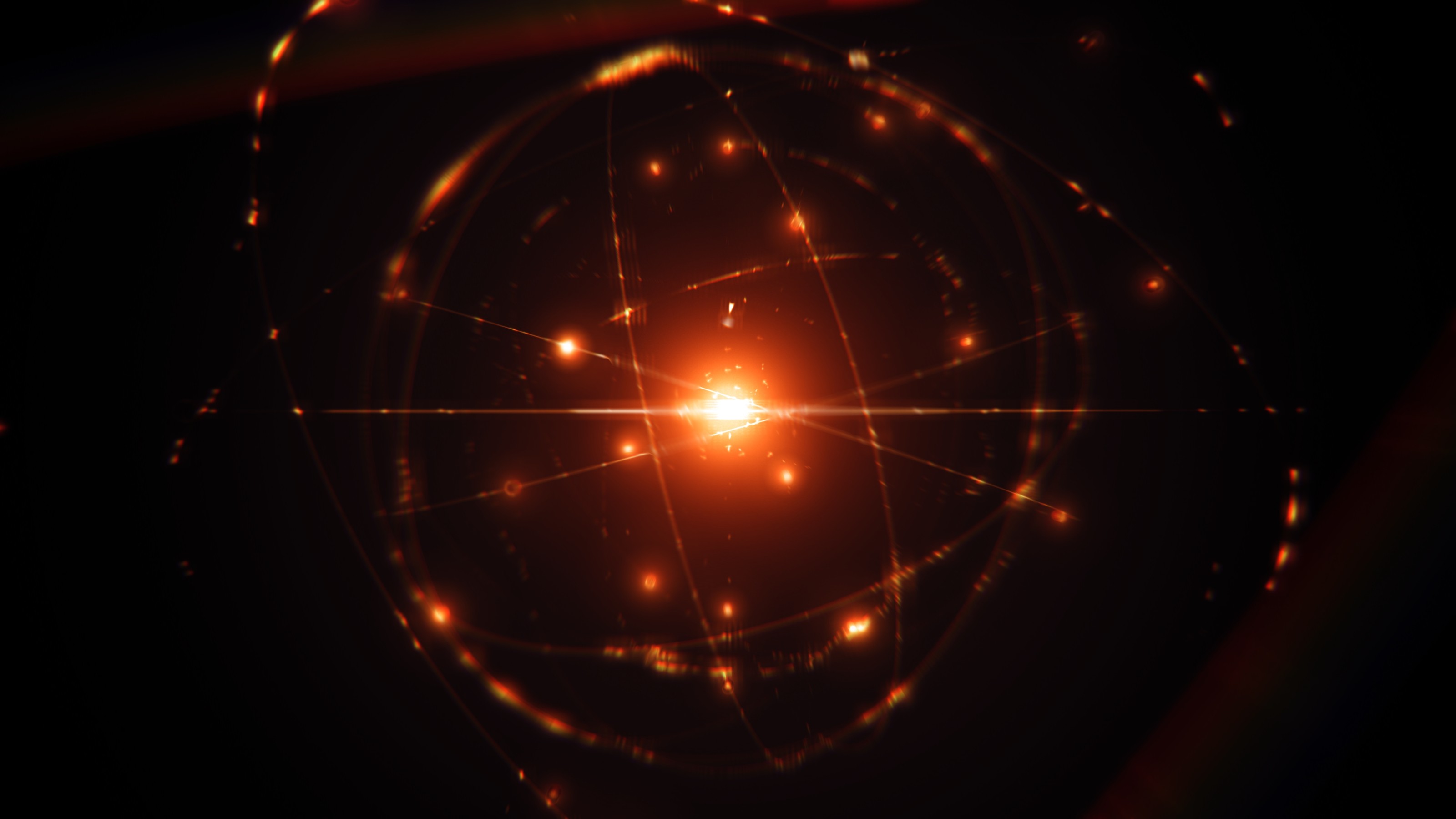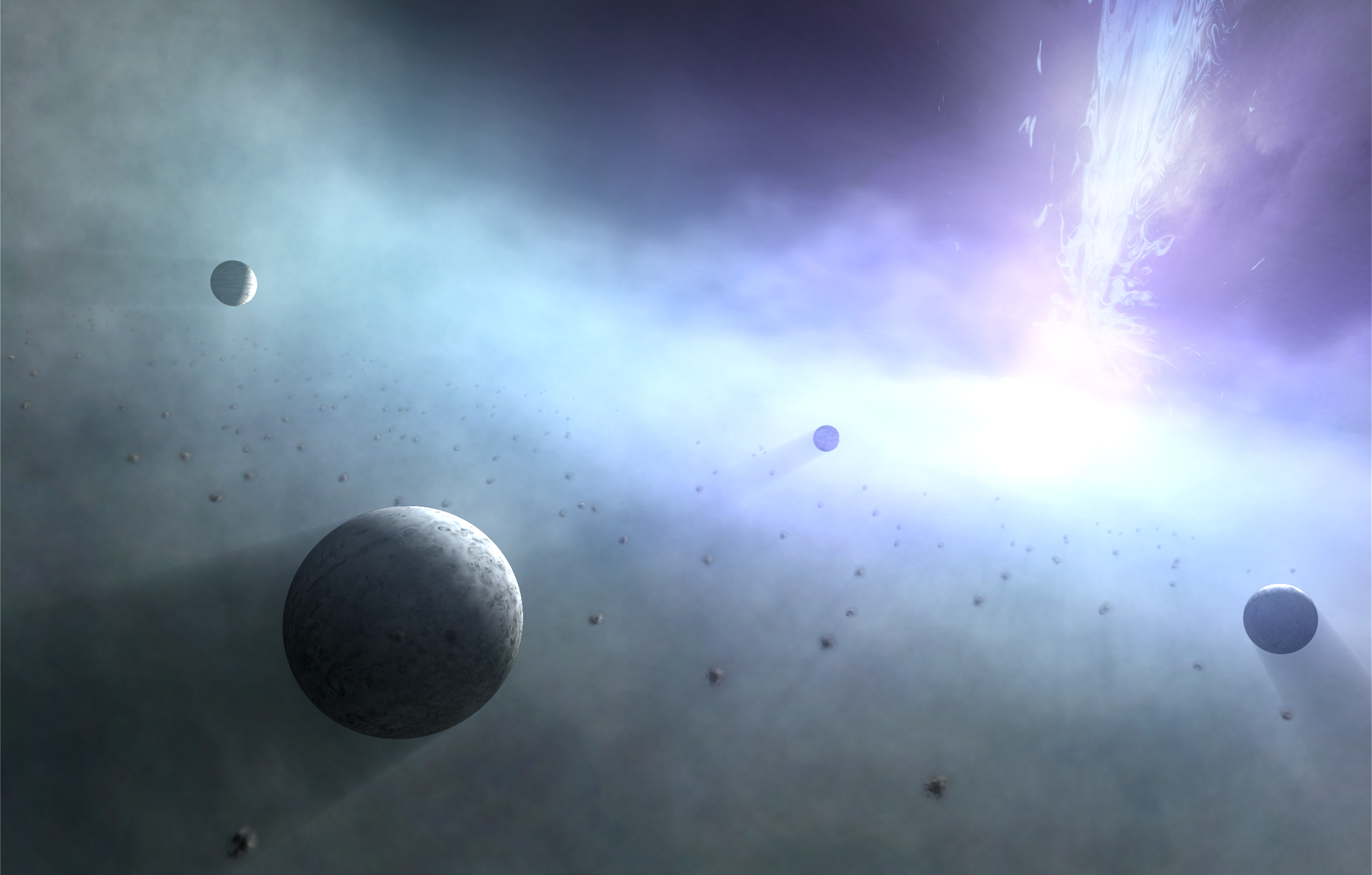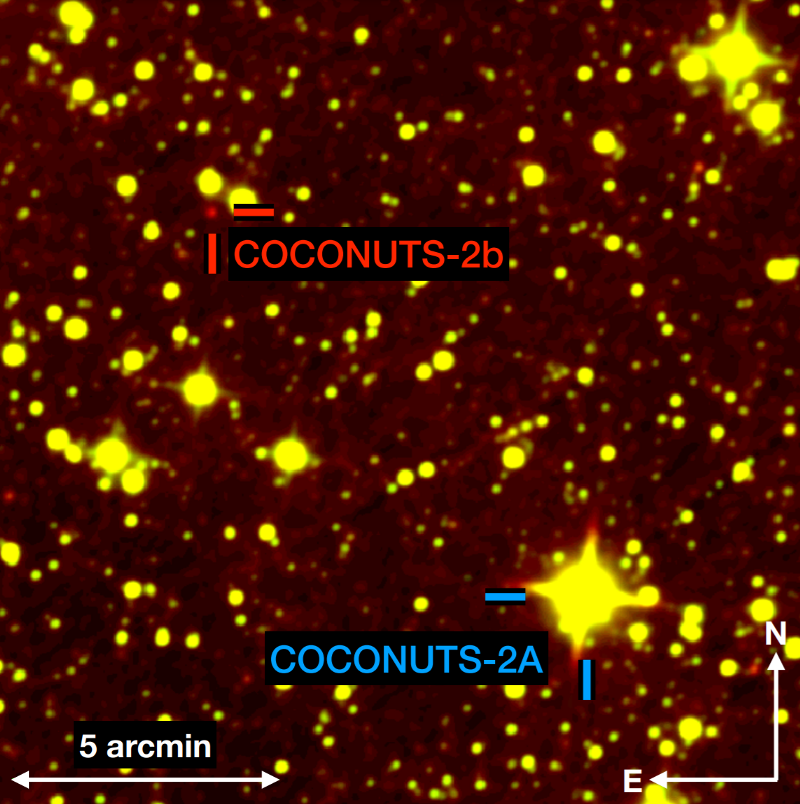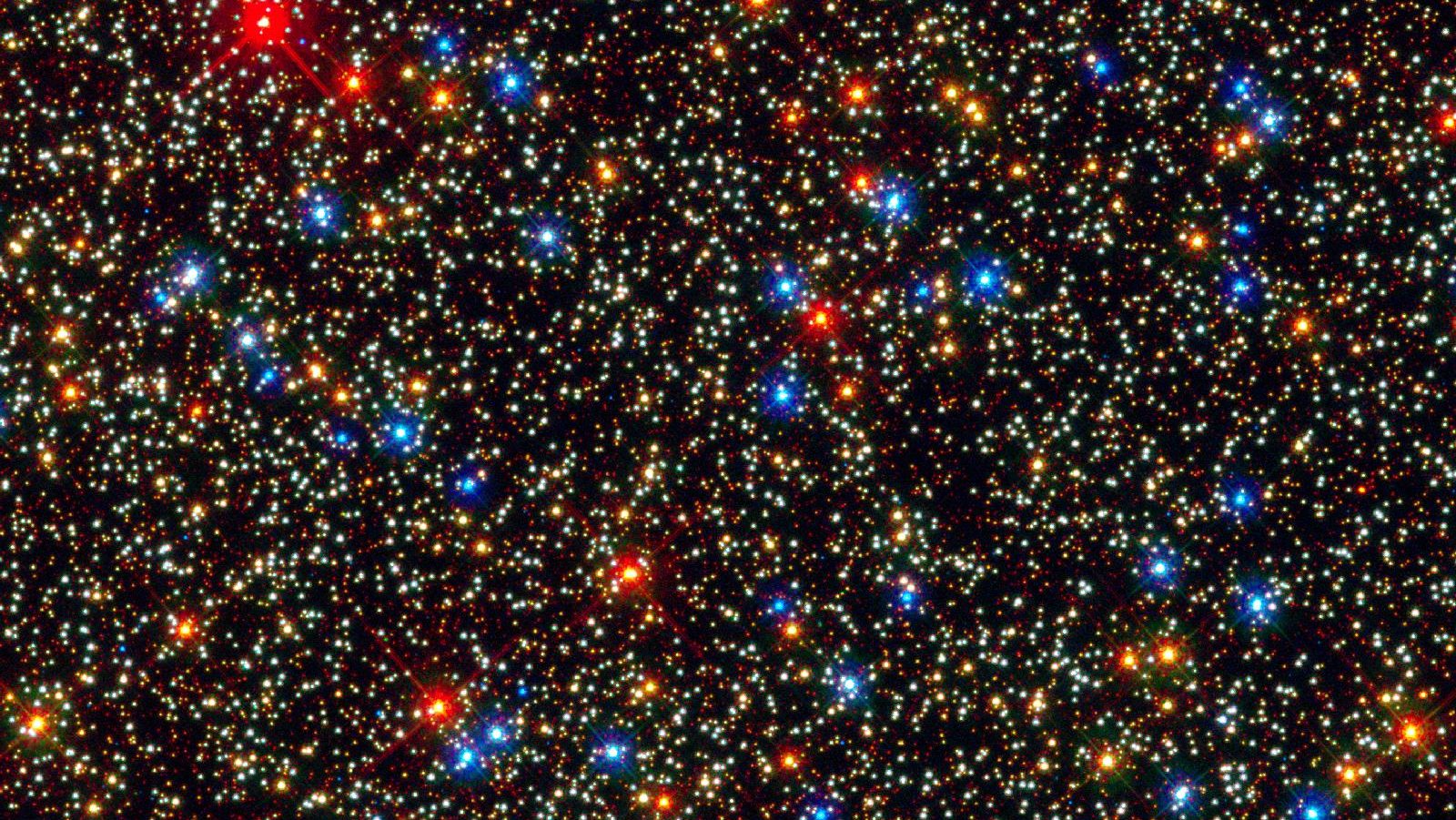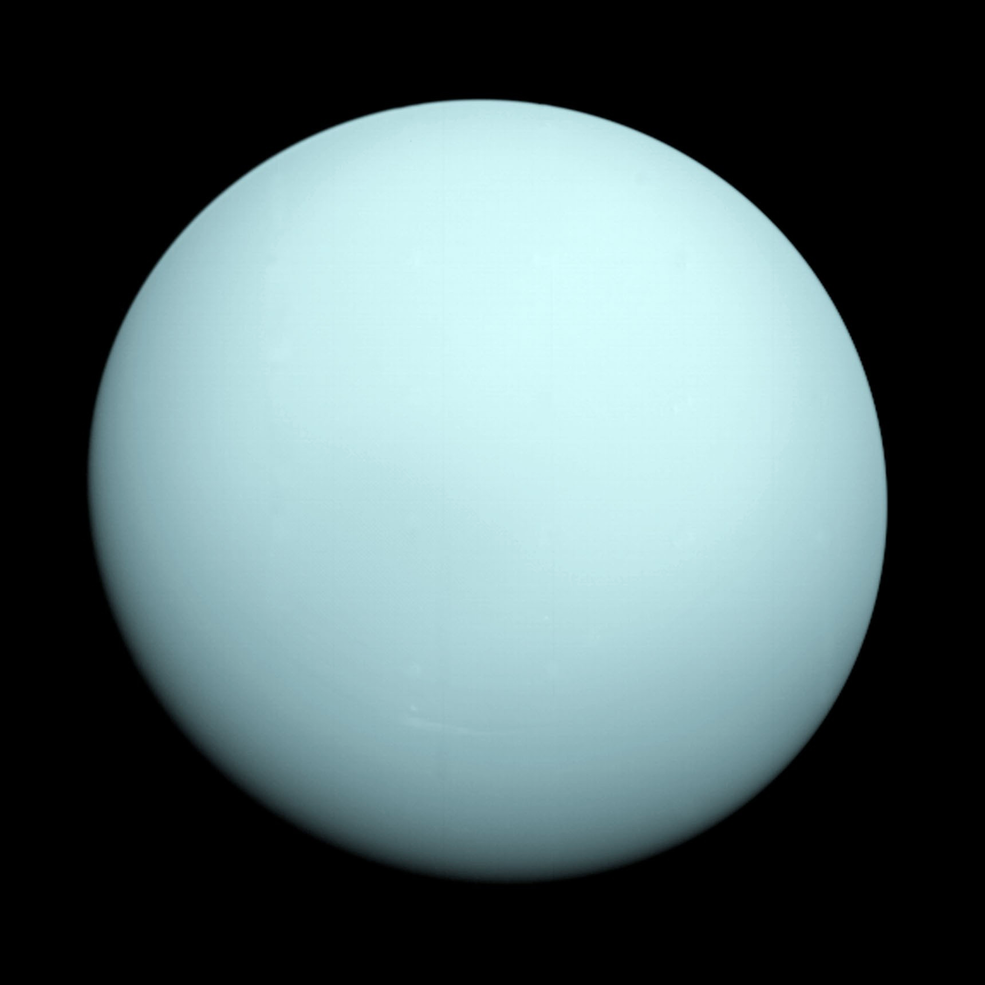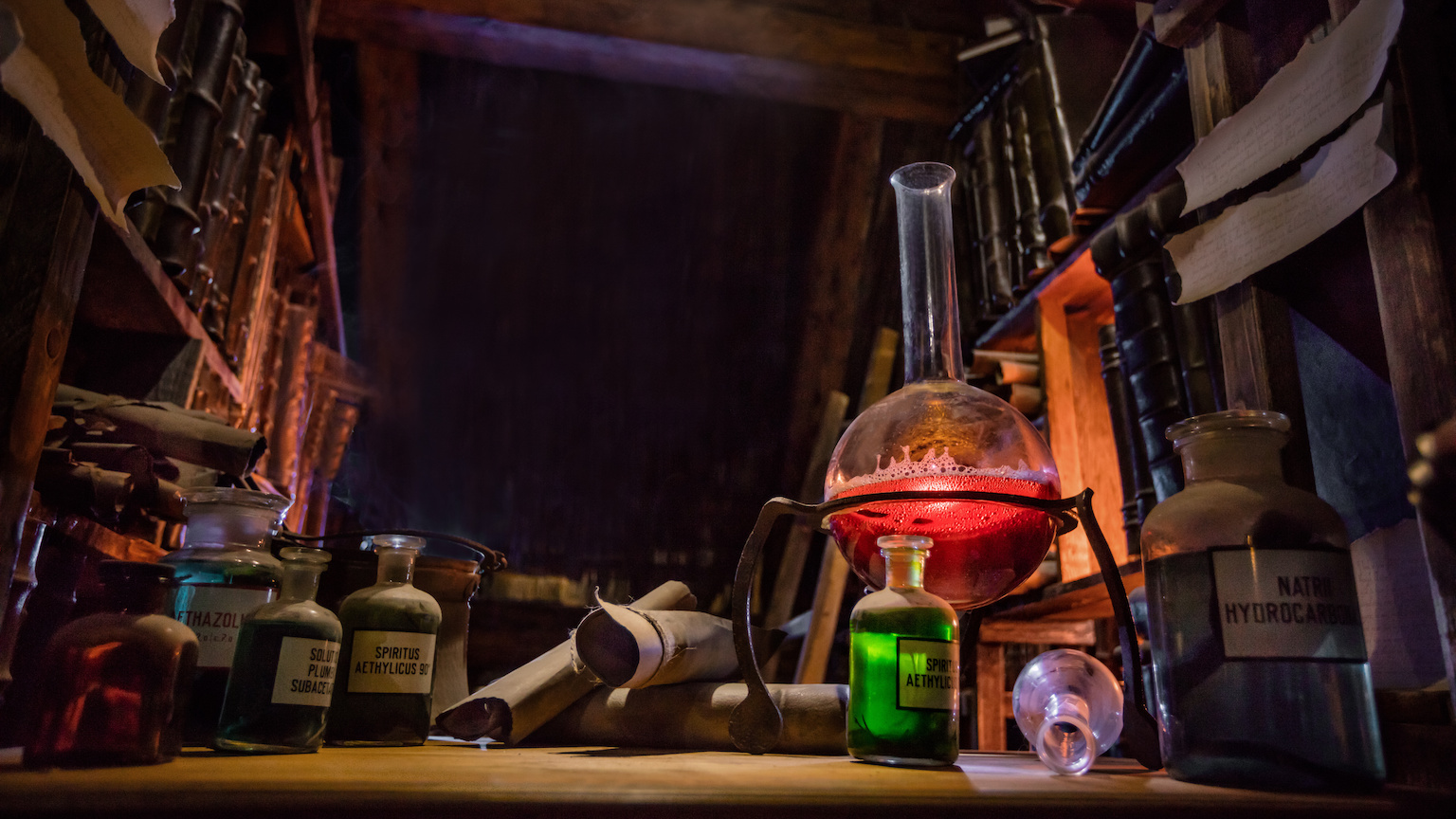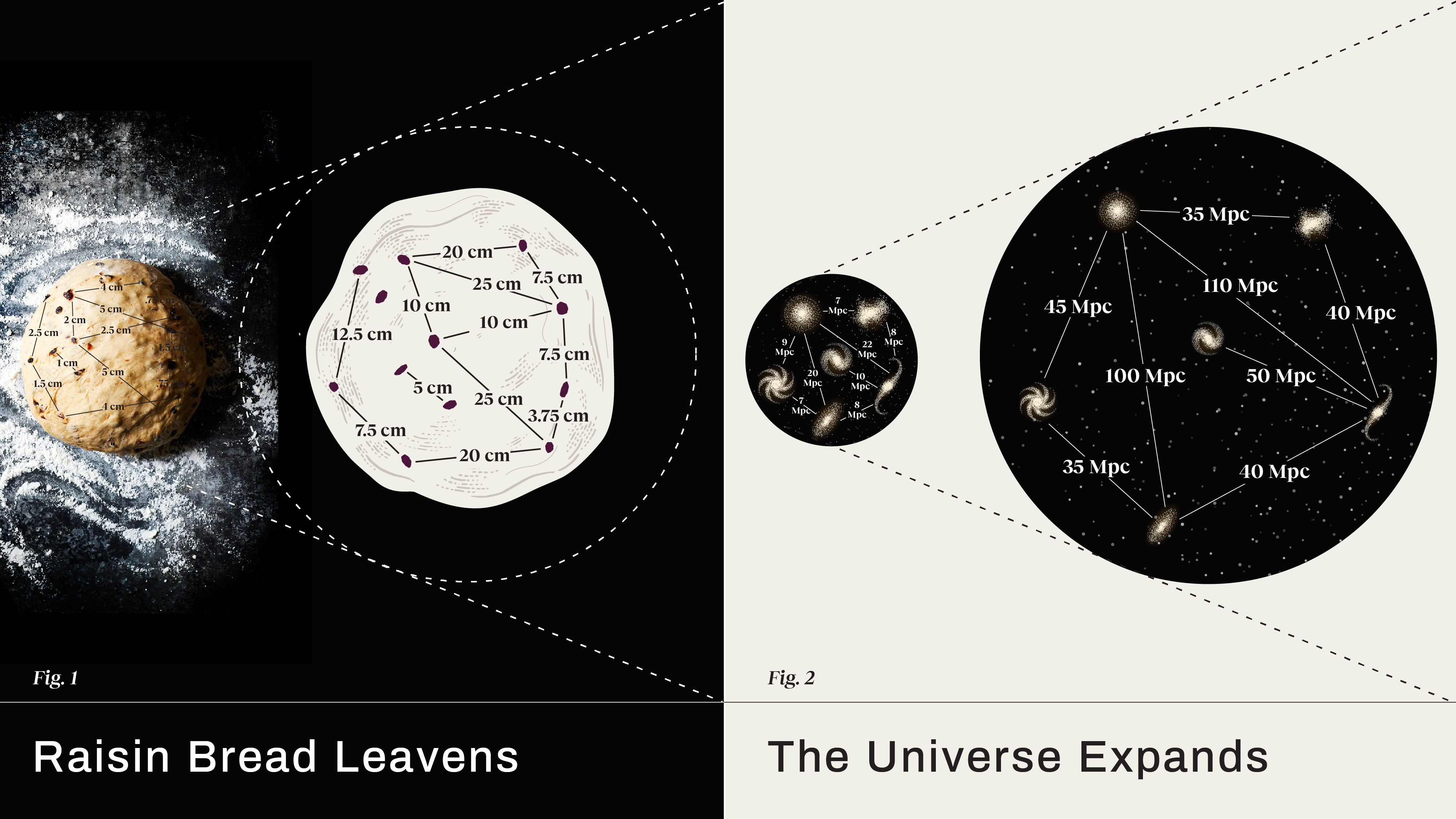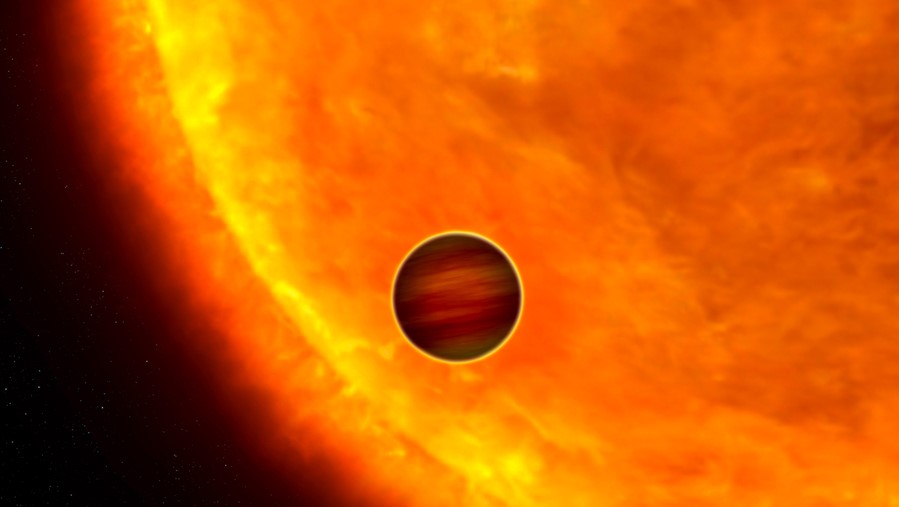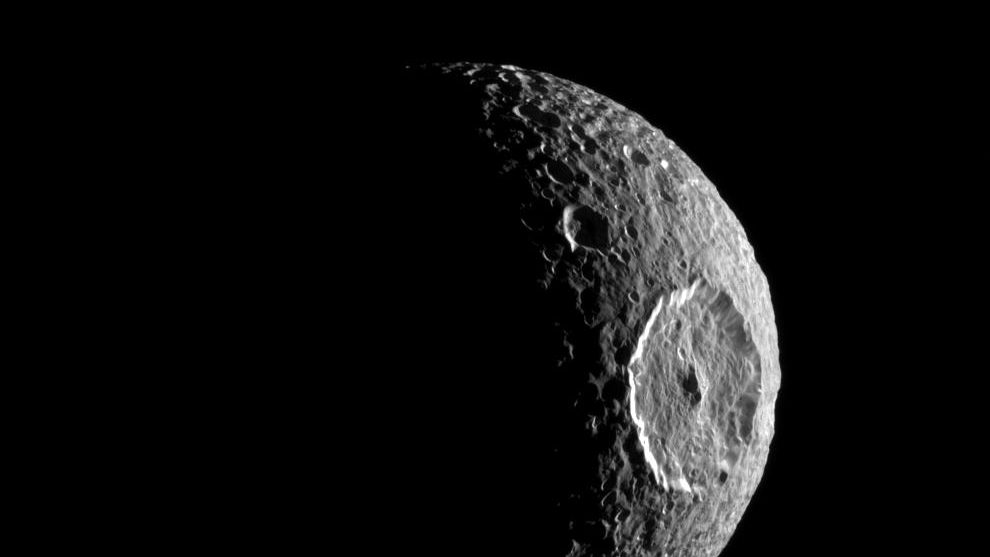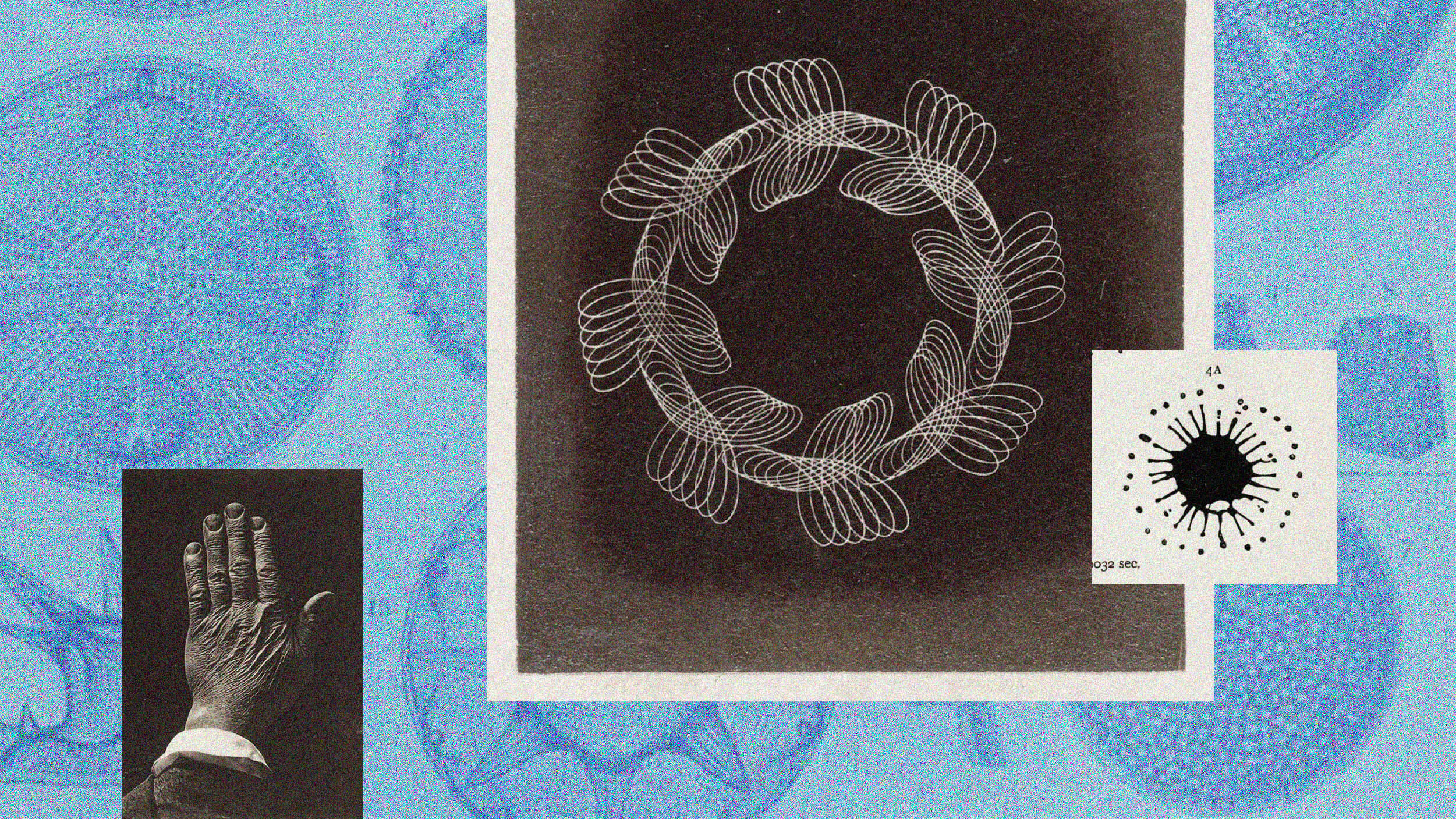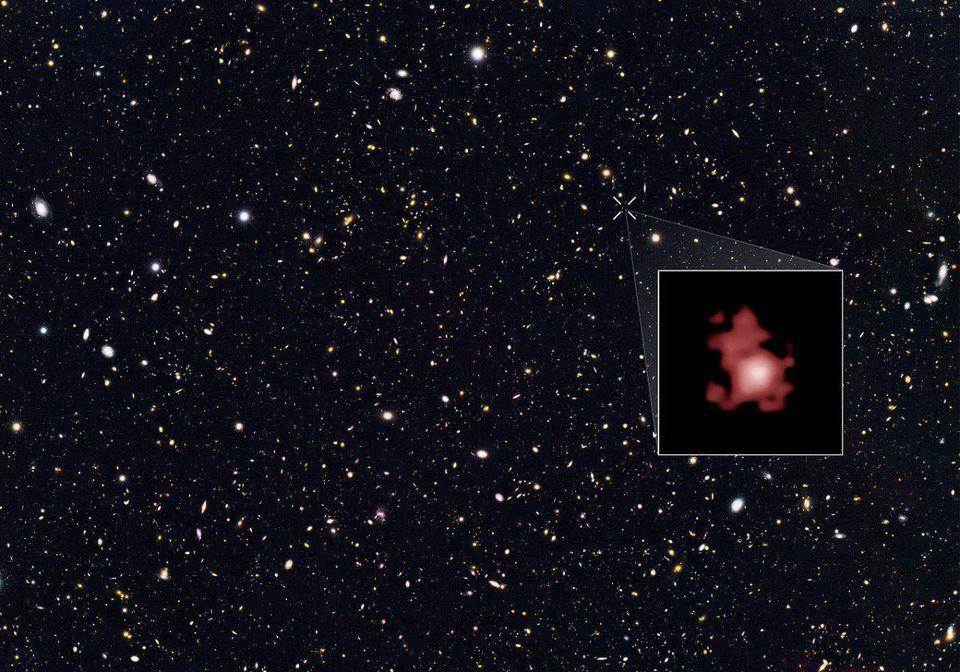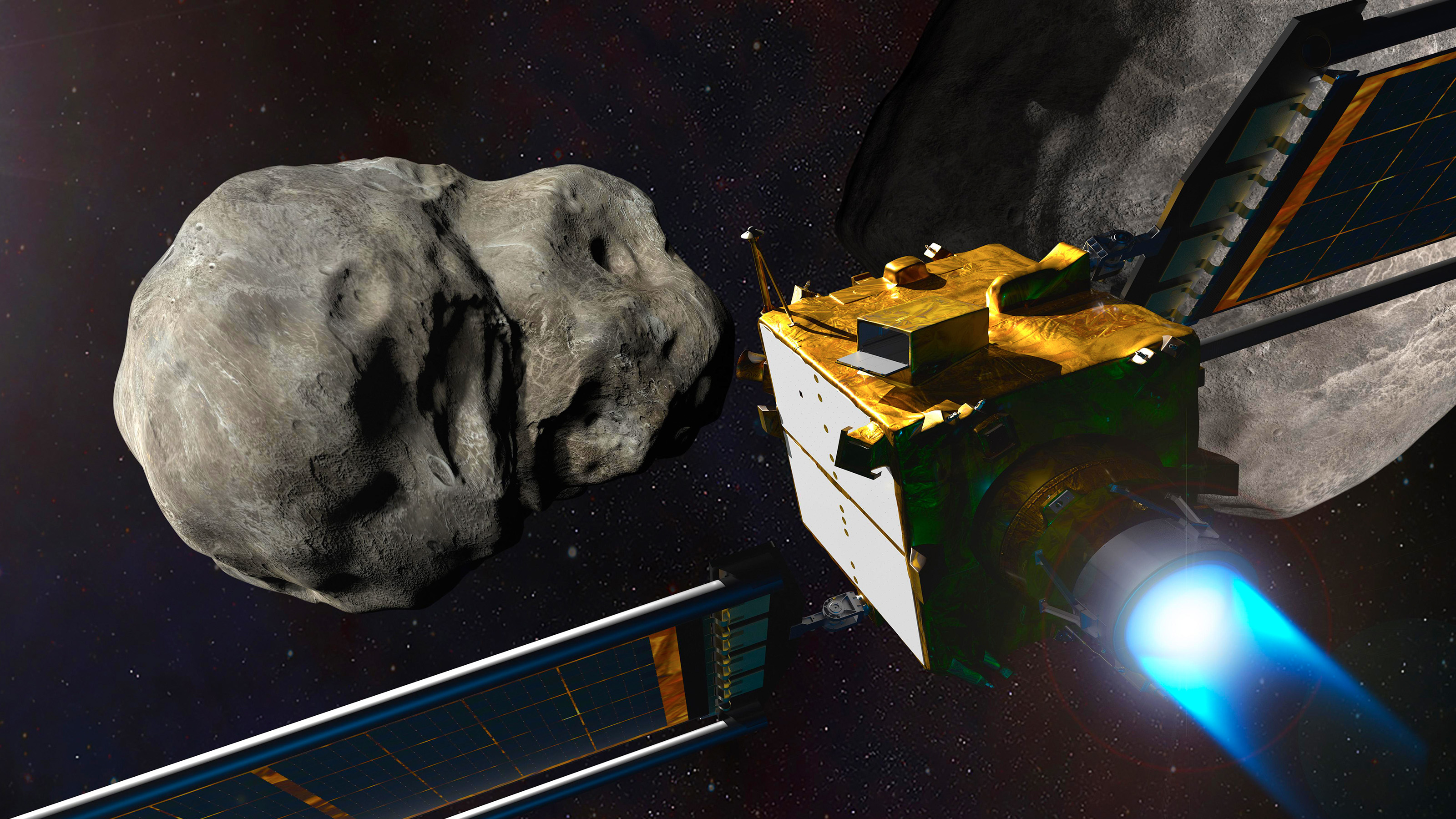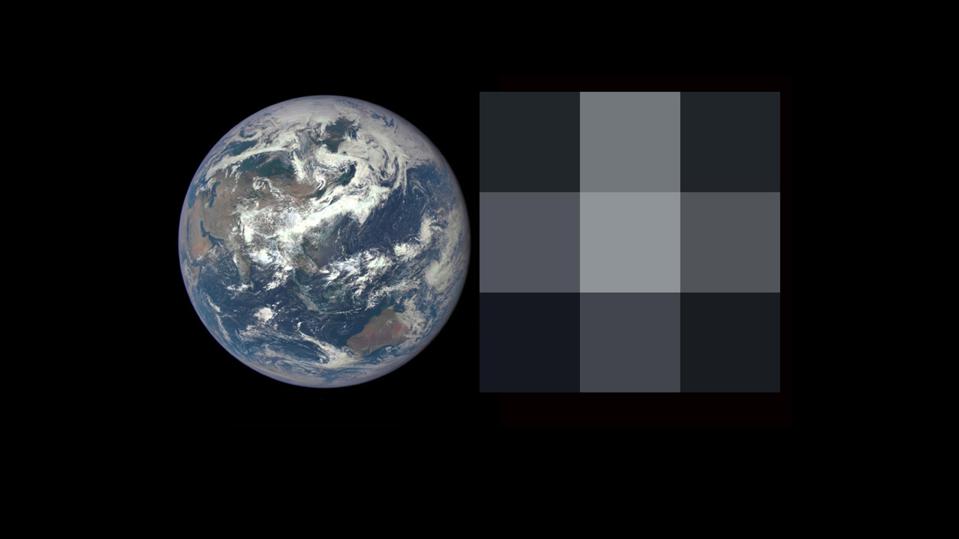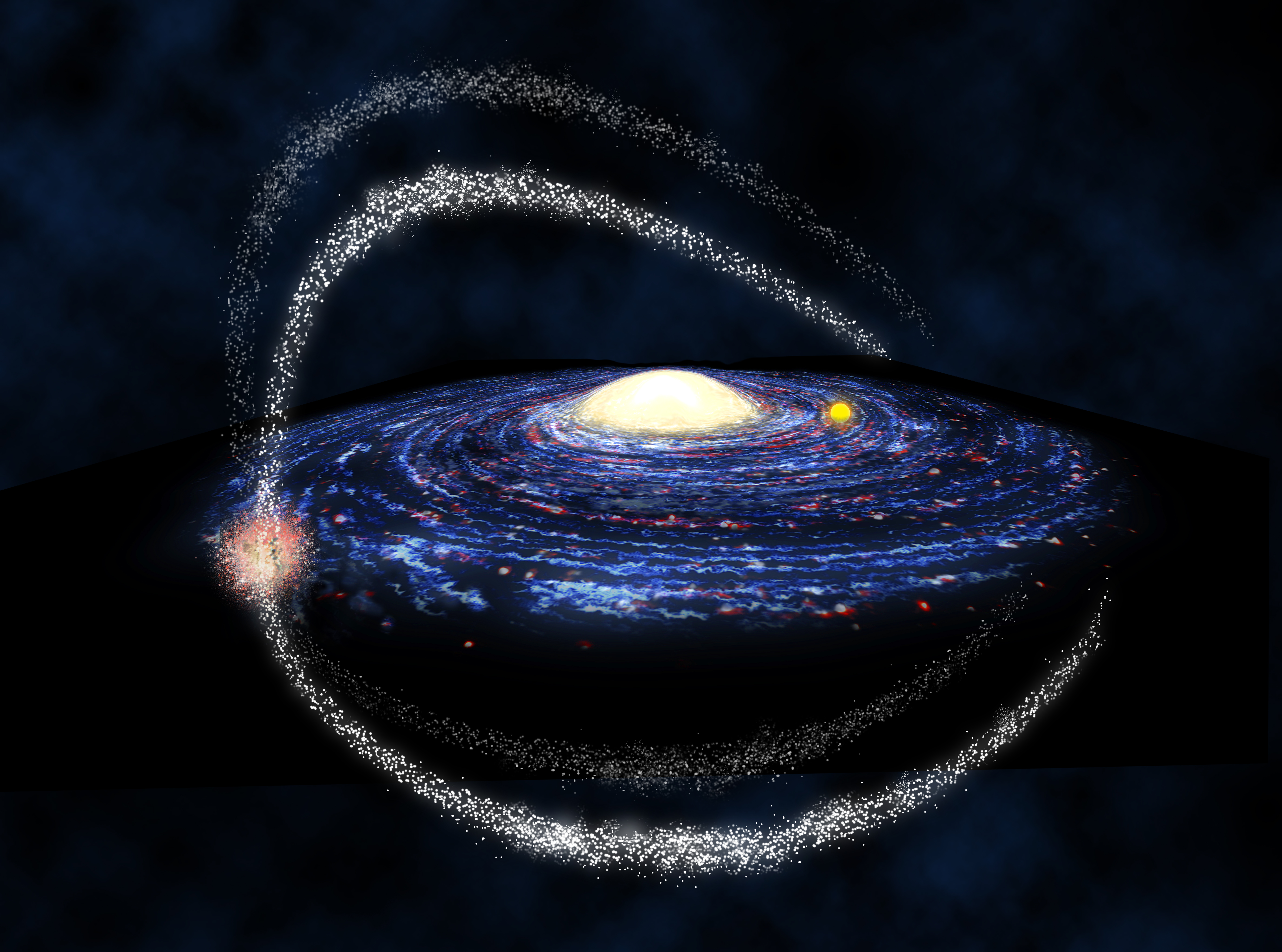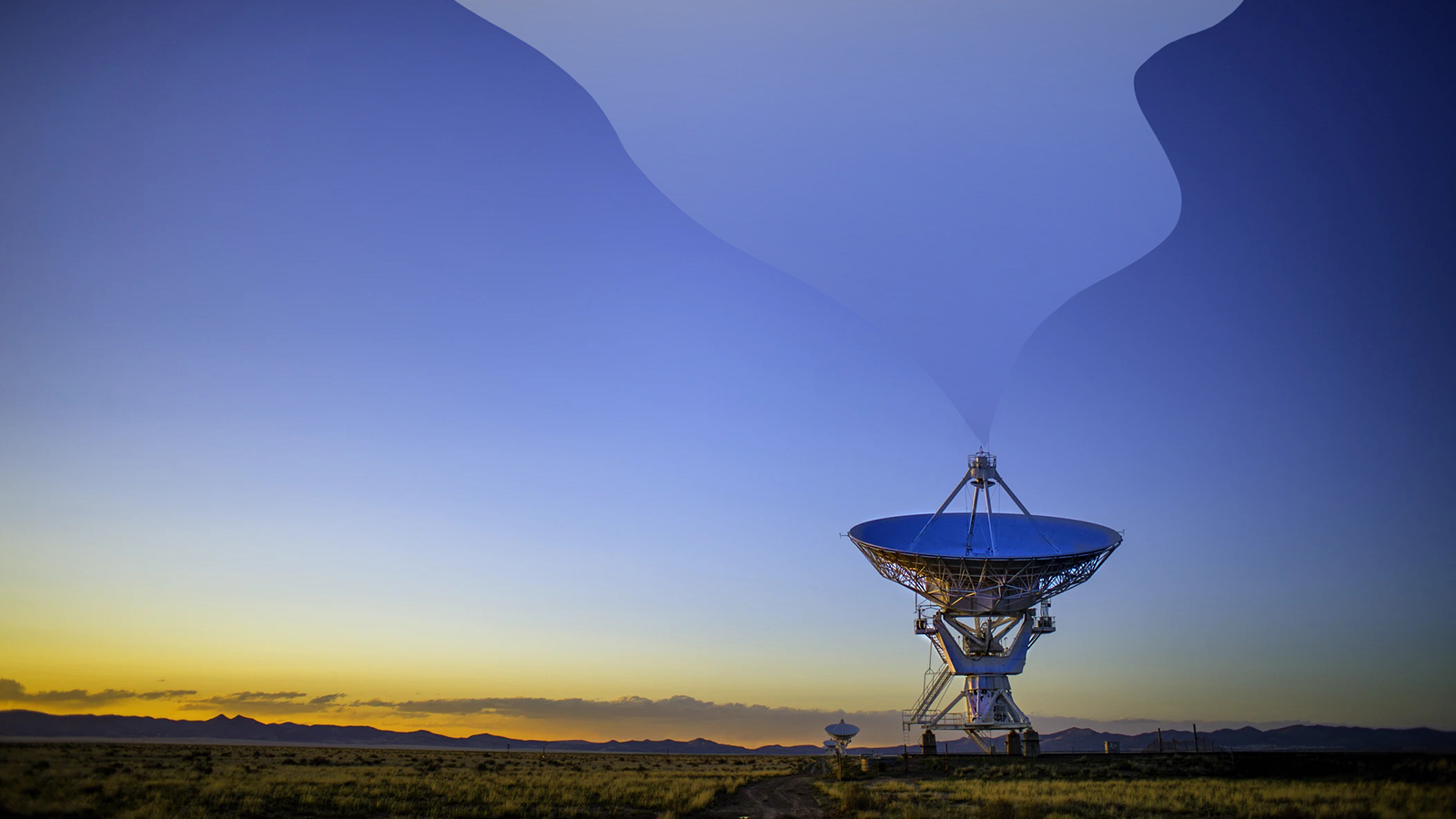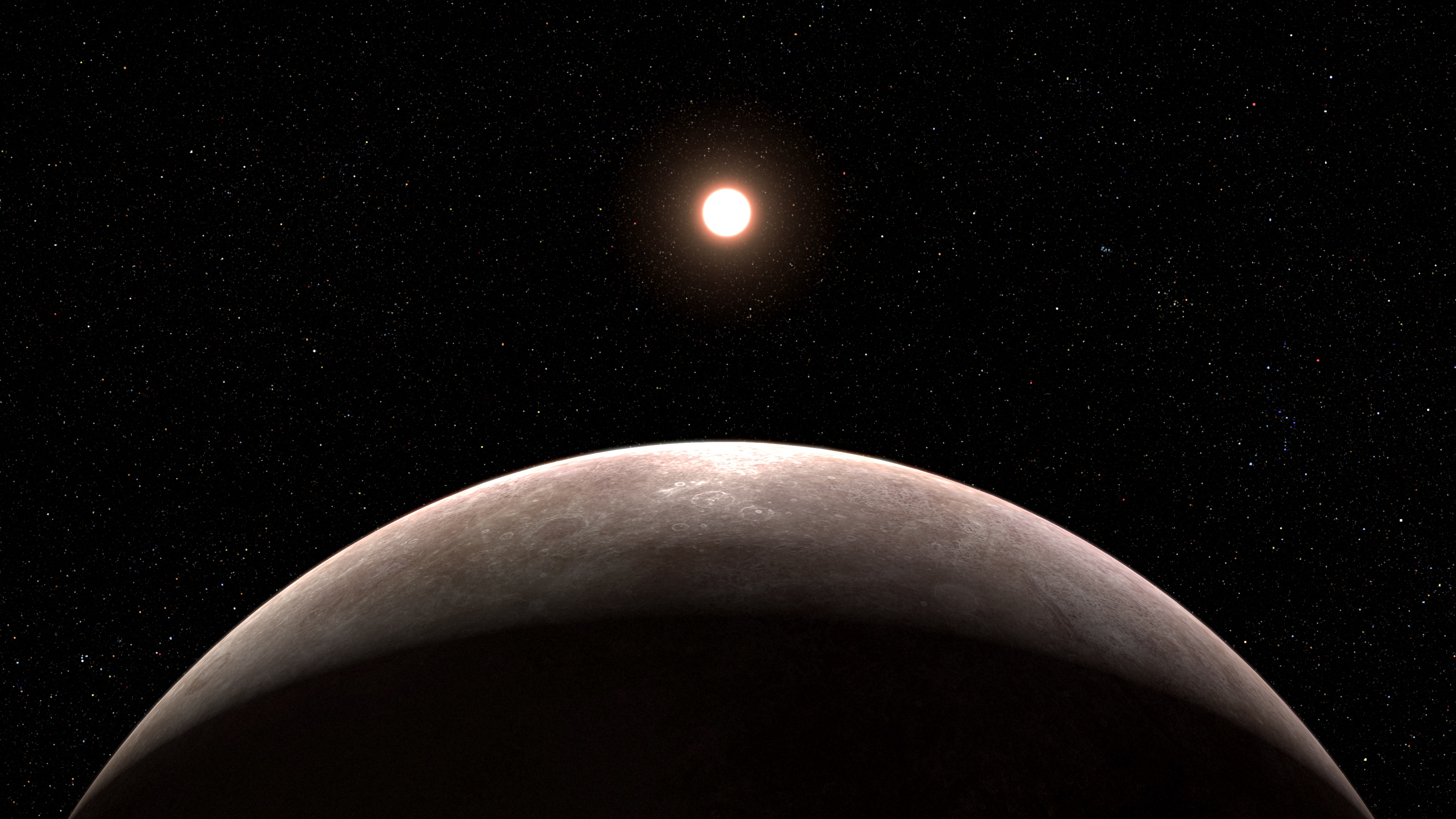Forget billions and billions. When it comes to the number of galaxies in the Universe, both theorists’ and observers’ estimates are too low.
Search Results
You searched for: Telescope
Finding out we’re not alone in the Universe would fundamentally change everything. Here’s how we could do it.
In just a few seconds, a gamma-ray burst blasts out the same amount of energy that the Sun will radiate throughout its entire life.
We are still new at this.
If our nearest star has an Earth-like planet, here’s how we’ll see it. As seen from up close, the signs of not only life, but our intelligent, technologically advanced human civilization […]
In 1990, we only knew of the planets in our own Solar System. Today, the exoplanet count is more than 5000. Here’s what we’ve learned.
Some think the reason fundamental scientific revolutions are so rare is because of groupthink. It’s not; it’s hard to mess with success.
Much like computing technology, the Great Red Spot has been getting smaller and faster over the last few years.
A new study proposes that Hawking radiation could be used to find dark matter in places like primordial black holes.
The photometric filters for the Vera Rubin Observatory are complete and showcase why they are indispensable for astronomy.
These were the stories you clicked on the most.
What do the dark recesses of the early Universe and Zelda: Tears of the Kingdom have in common? More than you could have ever hoped for.
Some astrobiologists believe life is rare, while others believe it is common in the Universe. How can we find out which view is correct?
A Fermilab study confirms decades-old measurements regarding the size and structure of protons.
The odds are slim, but the consequences would be literally world-ending. There really is a chance of a black hole devouring the Earth.
At 35 light-years away, it’s also the 2nd coolest, 2nd widest planet ever found. Despite discovering more than 4000 exoplanets, most remain obscure. Although more than 4,000 confirmed exoplanets are known, […]
With ~400 billion stars in the Milky Way and 6-20 trillion galaxies overall, that makes for a lot of stars. But not as many as you’d think.
We’ve only seen Uranus up close once: from Voyager 2, back in 1986. The next time we do it, its features will look entirely different.
Science has come a long way since Mary Shelley penned “Frankenstein.” But we still grapple with the same questions.
Two fundamentally different ways of measuring the expanding Universe disagree. What’s the root cause of this Hubble tension?
Besides offering an incredibly cool way to get stuff into space, SpinLaunch promises to reduce the cost of a launch by 20-fold.
A newly discovered “ultrahot Jupiter” has the shortest orbit of any known gas giant.
The existence of another watery world in the outer solar system may offer clues to how such seas form — and hope for another spot to search for life.
“What modern science has taught us is that life is not a property of matter.”
The universe is filled with unlikely events, but is also full of ways to fool ourselves.
Back in 1990, we hadn’t discovered a single planet outside of our Solar System. Here are 10 facts that would’ve surprised every astronomer.
Galactic archaeology has uncovered a spectacular find: the Milky Way already existed more than 13 billion years ago.
If life is common in the Universe, then where is everybody? Known as the Fermi Paradox, a new project may help solve the riddle.
JWST just found its first transiting exoplanet, and it’s 99% the size of Earth. But with no atmosphere seen, perhaps air is truly rare.
